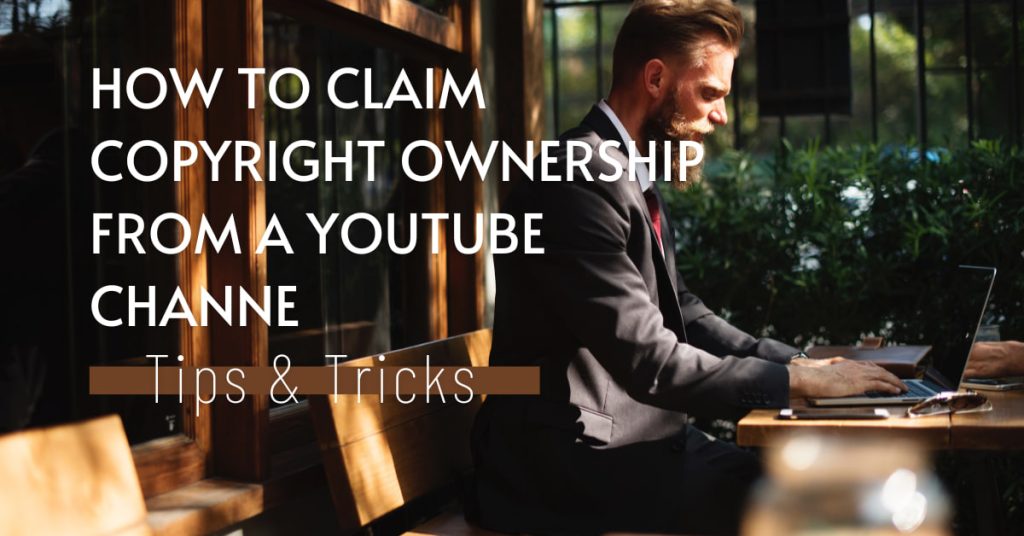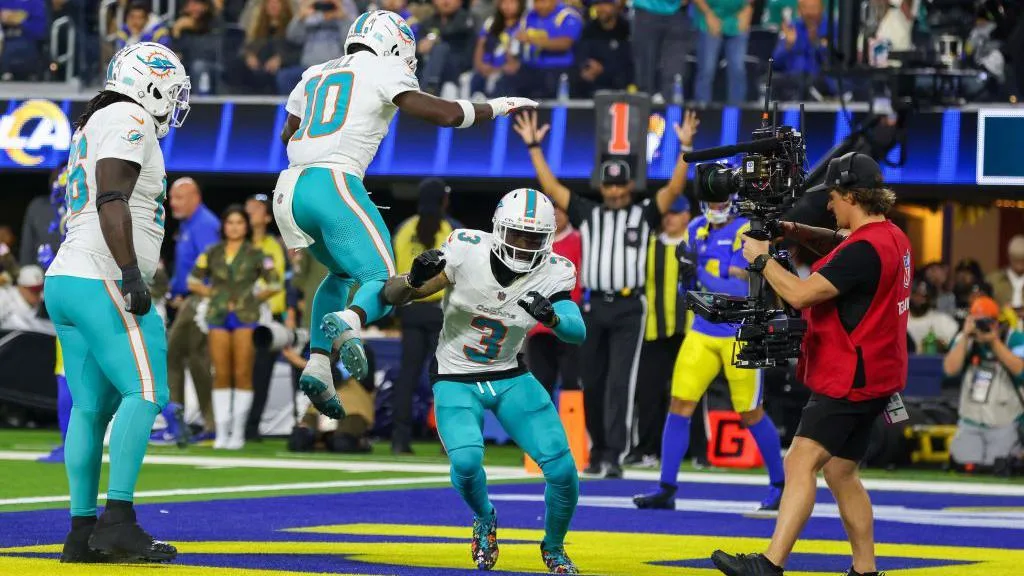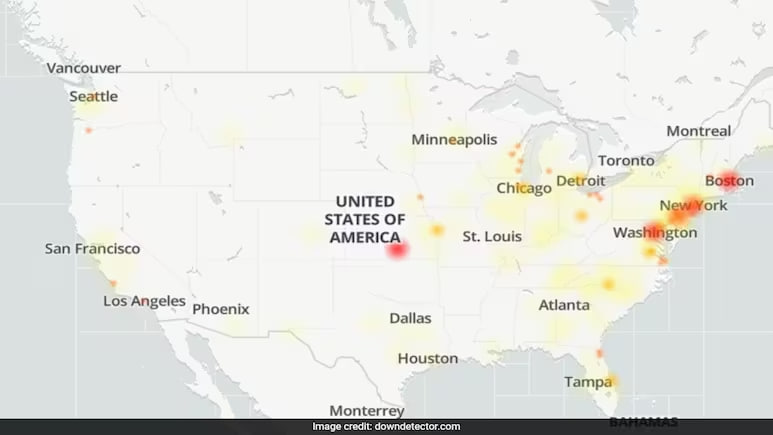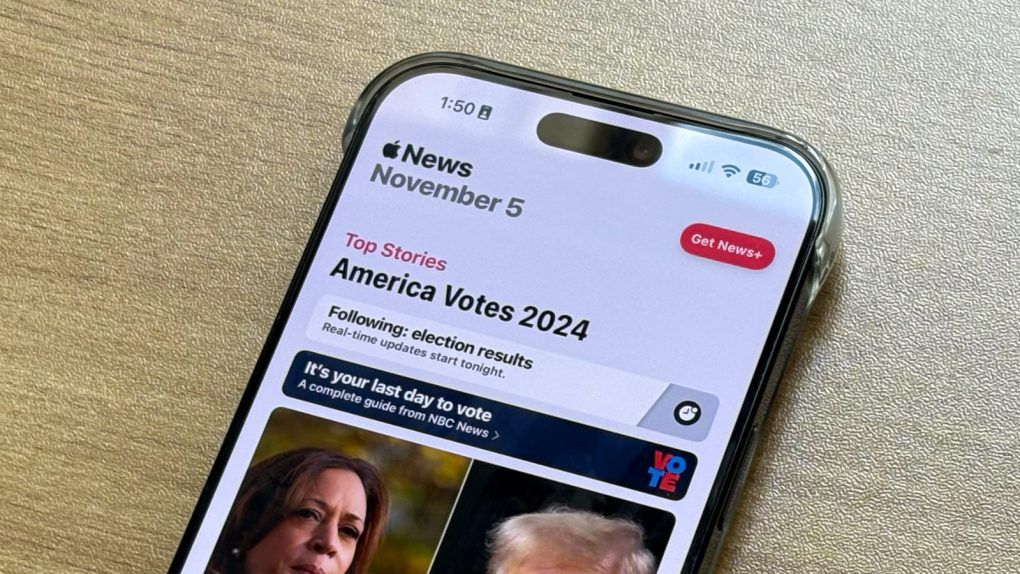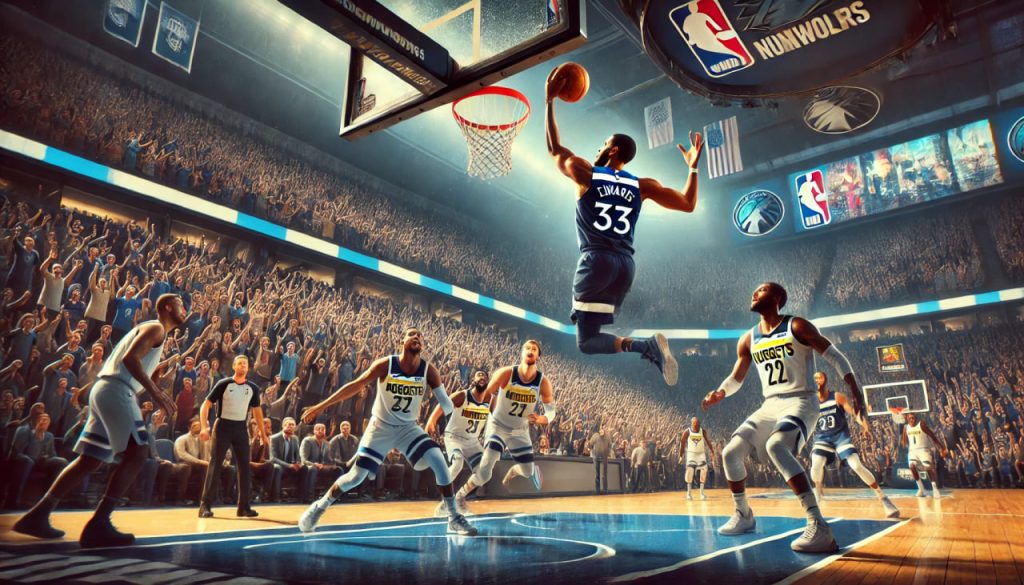In today’s digital age, content creation is a thriving field, with platforms like YouTube offering creators a global stage to showcase their work. However, with the ease of sharing and accessibility comes the challenge of protecting one’s intellectual property. If you’ve discovered that your copyrighted content has been used on a YouTube channel without your permission, it’s essential to understand the steps to reclaim your rights. Here’s a comprehensive guide on how to claim copyright ownership from a YouTube channel.
Understanding Copyright Infringement on YouTube
Before diving into the steps, it’s crucial to understand what constitutes copyright infringement. When someone uses your original work—be it a video, music, image, or any other creative content—without your permission, they may be infringing on your copyright. YouTube has policies in place to protect creators, but you must actively take steps to assert your rights.
Steps to Claim Copyright Ownership
- Gather Evidence:
Start by documenting the infringement. Take screenshots, note URLs, and record dates and times. This evidence will be crucial when filing your claim.
- Check YouTube’s Copyright Policy:
Familiarize yourself with YouTube’s copyright policy and their guidelines for copyright infringement. Understanding the platform’s rules will help you navigate the process more effectively.
- Use YouTube’s Copyright Management Tools:
YouTube provides several tools to help creators protect their content:
- Content ID:
If you frequently upload original content, consider using YouTube’s Content ID system. This automated system scans videos uploaded to YouTube and matches them against a database of registered content. When a match is found, you can choose to monetize the video, track its viewership, or block it. - Manual Takedown Request:
For those without access to Content ID or for specific incidents, you can submit a manual copyright takedown request. Here’s how:
- Submit a Takedown Request:
Log in to YouTube Studio:
Go to the YouTube Studio dashboard and navigate to the “Copyright” section.
Fill Out the Form:
Complete the copyright infringement notice form with accurate details. You’ll need to provide:
- Your contact information
- A description of your copyrighted work
- The URL(s) of the infringing content
- A statement confirming that you believe in good faith that the use is not authorized
- A statement confirming that the information in your notice is accurate
- Your electronic signature
- Submit the Request
Once the form is complete, submit it for review. YouTube will process your claim and take appropriate action, which may include removing the infringing content.
- Follow Up
After submitting your request, monitor the status in your YouTube Studio dashboard. If YouTube removes the content, the channel owner might dispute the claim. Be prepared to provide further evidence if necessary. - Consider Legal Action
If the infringement is severe or if YouTube does not resolve the issue to your satisfaction, you might need to seek legal counsel. An attorney specializing in intellectual property law can provide guidance and help you take legal action against the infringer.
Tips for Preventing Future Infringements
- Register Your Work:
Although copyright exists from the moment of creation, registering your work with the appropriate authorities provides legal advantages in enforcing your rights.
- Watermark Your Content:
Adding watermarks to your videos and images can deter potential infringers and help identify your work easily.
- Stay Vigilant:
Regularly monitor YouTube and other platforms for unauthorized use of your content. Setting up Google Alerts with keywords related to your work can help automate this process.
Protecting your intellectual property on YouTube requires vigilance and a proactive approach. By understanding the platform’s tools and policies, gathering evidence, and following the correct procedures, you can effectively claim copyright ownership and safeguard your creative work. Remember, your content is valuable, and taking the necessary steps to protect it is crucial in maintaining your rights as a creator.
